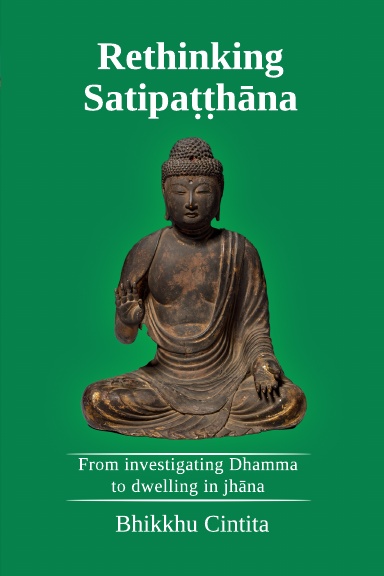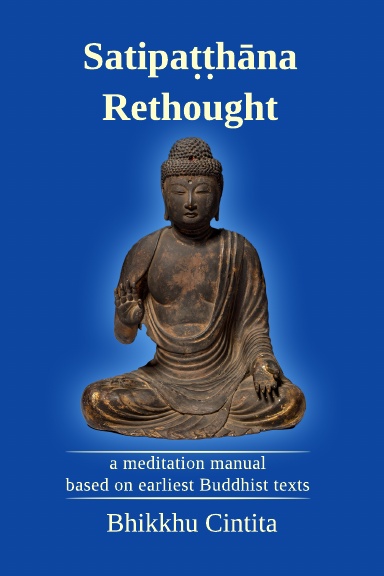
The wise one established in virtue,
Developing composure and wisdom,
That ardent and prudent monk,
It is he who disentangles this tangle. (SN 7.6)
Still under construction
The Buddha’s wisdom teachings
home > study & practice > wisdom
Virtue (sīla, or visuddhi) and Wisdom (paññā) are intertwined. Caught in lust or hatred, we become stupid. Ignorant, our ethical choices go awry. If Timmy and the cookie jar both come crashing down from atop the fridge, we will be equally likely to inquire about his impassioned behavior (“What got into you?”), and about his faulty apprehension (“What were you thinking?”). Sometimes we distinguish the two. If Timmy had been trying to prepare a snack for his mother and a visiting guest, the guest is likely to exclaim, “Well, at least he meant well,” absolving him of unethical behavior, but not of foolishness. On the other hand, we also say that “the road to hell is paved with good intentions.” The Buddha simplifies things: For the Buddha, both vice and ignorance are simply unskillful kamma, for kamma can be of body, speech, or mind. Likewise for the Buddha, developing virtue and wisdom are like two hands, one washing the other. In the end, virtue is our primary purpose, but ignorance underlies vice, and so virtue cannot be perfected without the perfection of wisdom.
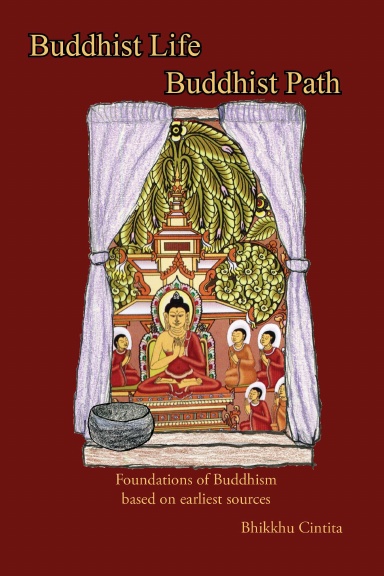
1. Knowledge and vision of things as they are
The culmination of wisdom practice is the attainment of knowledge and vision of things as they are (yathā-bhutā-ñāṇa-dassanā). From the get-go it should be made clear that this is not insight into objective reality, of what would still be true in the world “out there” even if we were not there to be aware of it. It is rather insight into subjective reality, how our own cognitive mechanisms come to experience things as true. In short, knowledge and vision are epistemic insight, rather than ontological insight. In fact, knowledge and vision end the hubris that we can reliably say anything ontologically substantial about the world “out there.” We learn to experience that world as empty. This is a hugely important point, if one is to understand the early wisdom teachings.
We generally begin Buddhist practice foolishly entangled (as in the opening verse above) in layers of faulty presumptions: fixed personal views, conventional ways of conceptualizing the world, clever ways of justifying our own actions as well-intentioned, all the way down to what we think exists from its own side, independently of what we think. The Buddha, ever skeptical, questions it all. For instance, most of us are convinced that we contact “reality” directly. We show up and there it is: physical reality all around us, and it would be there even if we didn’t show up. There is “me,” able to perceive that world from my own side, but also able to be physically present as an agent in that world. That “me” is right at the center of the Buddha’s critique of a substantial reality.
For the Buddha, the important question is “How do we come to presume what we are convinced is true?” What gets into us? The Buddha describes the key to acquiring wisdom in a concise simile in the Phena Sutta:
“Suppose, bhikkhus, that a magician or a magician’s apprentice would display a magical illusion at a crossroads. A man with good sight would inspect it, ponder it, and carefully investigate it, and it would appear to him to be empty, hollow, insubstantial. For what substance could there be in a magical illusion? So too, bhikkhus, whatever kind of consciousness there is, whether past, future, or present, internal or external, gross or subtle, inferior or superior, far or near: a bhikkhu inspects it, ponders it, and carefully investigates it, and it would appear to him to be empty, hollow, insubstantial. For what substance could there be in consciousness?”
The Buddha likens consciousness to a “magical illusion.” A magical illusion presents a convincing “reality” to an audience. Consciousness likewise presents a convincing reality to the common worldling. However, a skeptical viewer of the magic show might slip behind stage, gain an alternative perspective, and see how the magician conjures up this “reality” with the aid of various props and slight of hand. The practitioner intent on wisdom gains a contemplative perspective on consciousness, and sees how consciousness conjures up a convincing “reality” with the aid of various cognitive factors that play a conditioning role in consciousness. Pondering and investigating consciousness itself is how we gain wisdom. The “reality” that we think is “out there” turns out to be, from its own side, empty, for it is never independent of the mental phenomenon of consciousness needed to observe it. We learn to experience the the world otherwise, once we see that the mind is making it up. In fact,for the Buddha, “the world” is entirely the world as we experience it, not some independent reality “out there.”
“In this fathom-long living body, along with its perceptions and thoughts, lies the world, the arising of the world, and the cessation of the world.” (AN 4.45)
Wisdom is to see how we make things up. We gain wisdom by direct observation the cognitive mechanisms as they fabricate the reality we experience as true, then cause us problems as we attempt to live and act in that reality. Unfortunately, this principle is not widely recognized among teachers and scholars. It is unfortunate, because without understanding this key principle, the Buddha’s wisdom teachings are unlikely to make sense. With an understanding of this principle comes the full realization that we are free to experience the world otherwise, in a less problematic, more skillful way.
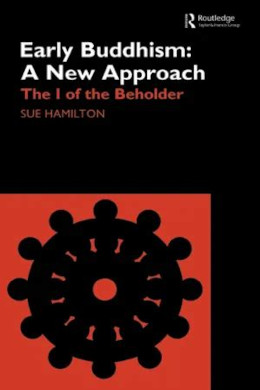
Sue Hamilton, 2000, Early Buddhism: a new approach, Routledge.
This is perhaps the clearest exposition of the epistemic basis of knowledge and vision of things as they are. It makes the point that the focus of the Buddha’s investigations were subjective, rather than objective. The Buddha discovered that the “object world” dependently originated in subjectively observable cognitive processes.
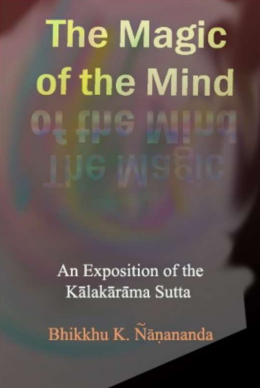
Kaṭukurunde Ñāṇananda, 2019 [1974], The Magic of the Mind: an exposition of the Kālakārāma Sutta, seeingthroughthenet.net.
This is a very short, very insightful discussion of the magic show simile discussed above, which also illustrates the epistemic basis of the Buddha’s wisdom teachings. Ñānananda was a Sri Lankan scholar-monk who has had an enormous influence on my own understanding of the Dhamma.
2. Teachings for investigation
xxx
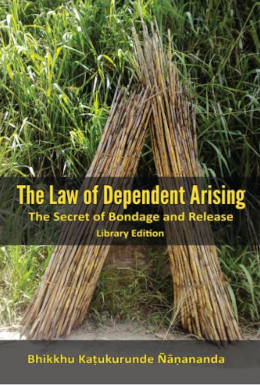
Kaṭukurunde Ñāṇananda, 2016, The Law of Dependent Arising: the secret of bondage and release, seeingthroughthenet.net.
3. Contemplative practice
xxx



